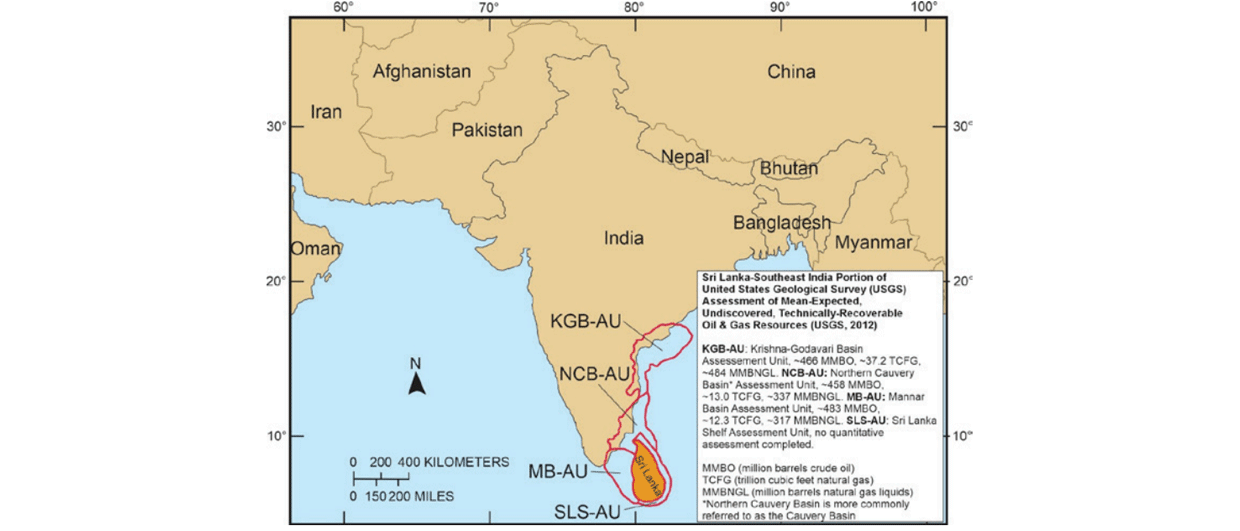According to Edison Lobo, Brazil’s Energy Minister, sufficient reserves have been found in the country to last for at least fifty years, pushing the country to the forefront as a leading oil exporter. With recent discoveries in the pre-salt of the Santos Basin large enough to rival Saudi Arabian oilfields, recoverable reserves of 14 billion barrels of oil equivalent have been found since 2007. Brazil is rapidly rising up the list of hydrocarbon producing countries.
In 2006 Brazil became a net energy exporter for the first time, but that was due to an aggressive push into sugar-cane ethanol and hydroelectric power. With the discovery of the 5 to 8 Bbo Tupi field in November 2007, the situation changed substantially. This find, in deepwater about 230km off the south-west coast of Brazil, opened up the new sub-salt play, which is thought to cover an area 800km long and 200km wide. Since then, at least 12 discoveries have been announced in the pre-salt of the Santos and Campos Basins. So far, state oil company Petrobras has released estimates for three of these – Tupi, Lara and the most recent discovery, Guara – suggesting that they hold combined recoverable reserves of between 9 and 14 Bboe. Some experts have estimated that reserves in the pre-salt may rise as high as an astounding 100 billion barrels (see GEO ExPro Vol. 5, No. 5; ‘Monsters of the Deep’, for a fuller discussion on the pre-salt play).
Guara, which lies 30km south-west of Tupi, was discovered in June 2008 and, after testing, it was announced in September this year that estimated recoverable reserves for the field are between 1.2 and 2 Bboe of light oil and gas. Abare West, another discovery in the same block, BM-S-9, was announced on Sept 15th, bringing a total of four large discoveries within the single block in the Santos Basin (see Exploration Update, current issue).
While most of the attention goes to these massive pre-salt discoveries, successful exploration continues in the more accessible post-salt shallow water of the same basins. In late August the Aruanã discovery, with over 250 MMbo recoverable, was reported in the Campos Basin, while further, albeit smaller, discoveries continue to be made onshore.
Recently the president of Petrobras announced that the company plans to produce 5.7 MMboe by 2020 – more than half the present output of Saudi Arabia. This will be a tremendous financial bonanza both to the company and to Brazil, and there are many debates within the country as to the best way to harness these riches.
At the end of August Brazilian President Luiz Inácio Lula da Silva, aware of the problems which oil wealth has brought some nations, announced several new bills outlining his plans for this windfall. These will not affect existing exploration and production contracts held either by Petrobras or international oil companies. But if these bills are ratified, the spoils from future pre-salt discoveries will be split so that up to half will go directly to the state. A new state oil company called Petrosal will represent the country’s interests in each block, apparently giving the government more control. The share of revenues received by the states closest to the fields will be reduced, with the aim of spreading the wealth more widely, while a new social fund will be created, designed to channel oil revenues into social, educational and infrastructure projects. The government also announced that it will pump up to US$50 billion into Petrobras to increase its stake and strengthen the company.
Brazil is in need of this infusion of cash. Today, despite being the first country in Latin America to emerge from recession, more than 40 million Brazilians, about 20% of the population, still live on less than $2 a day.





